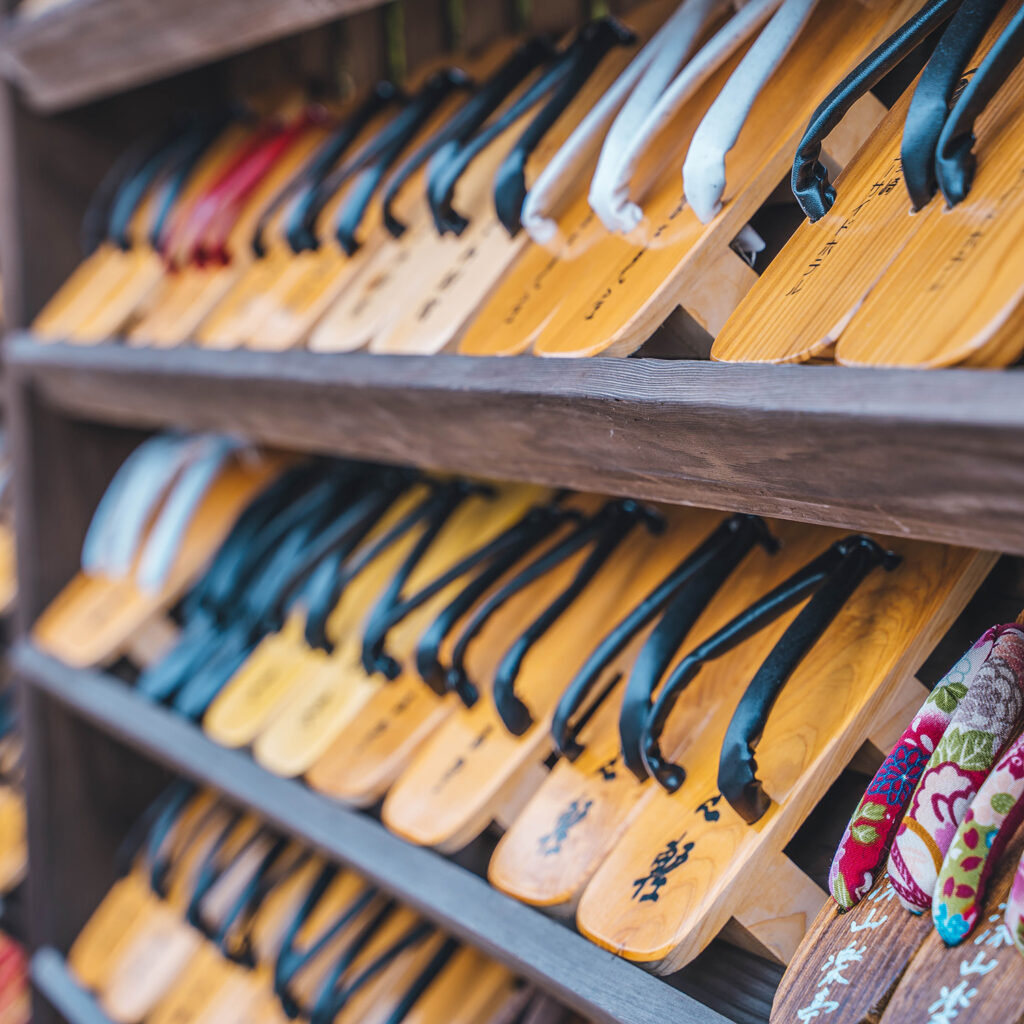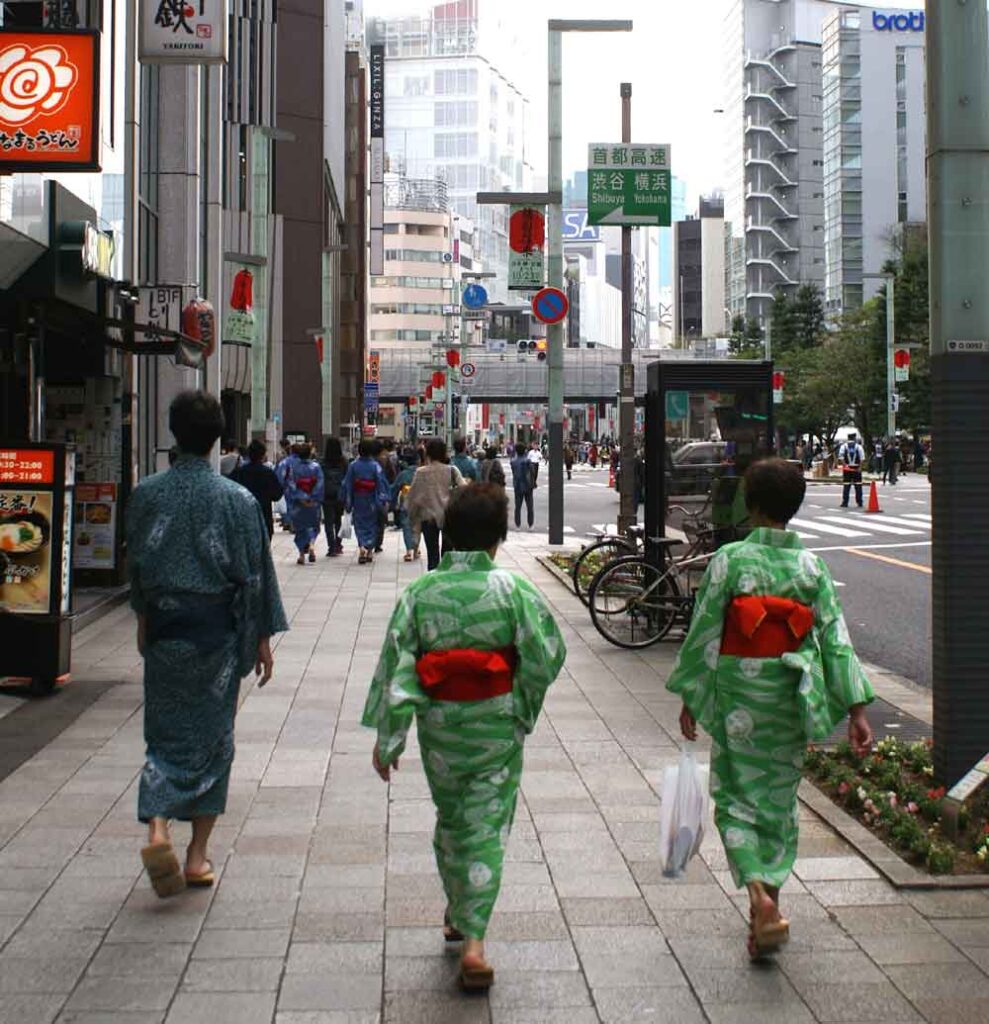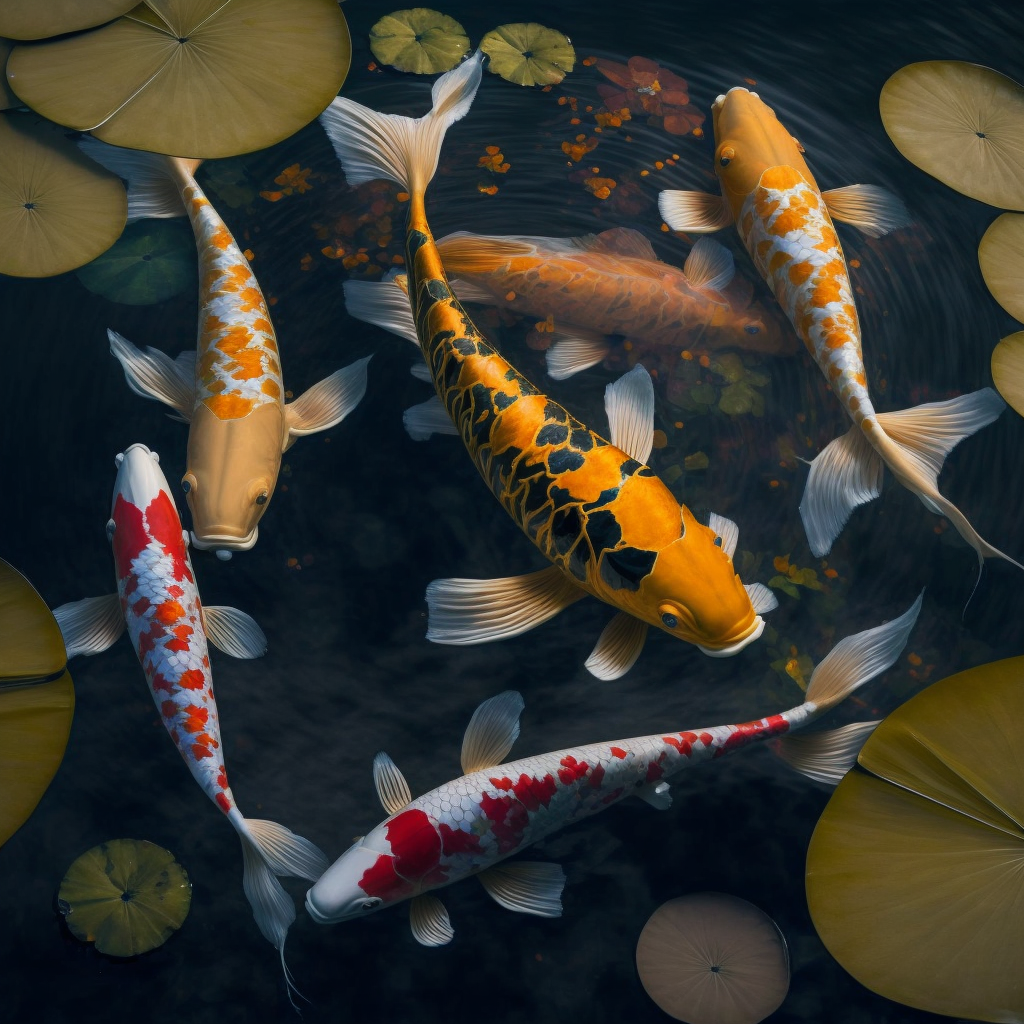Geta are traditional Japanese sandals that date back to the Edo period (1603-1868). They consist of a wooden platform and two straps that are attached to the toe and ankle. Geta are often associated with Japanese culture and are worn for various occasions including parties, weddings and festivals.
Geta are considered a symbol of Japanese fashion, as they are often worn with kimonos and yukatas. They are also worn by geishas, who are professional dancers and musicians in traditional Japanese dress. Geta are often used to complement a traditional costume, as they are considered an integral part of the outfit.
The wooden top of the geta is usually made of cedar, cypress or oak, which gives it a soft texture and natural look. The straps are made of canvas, leather or silk, and can be decorated with floral motifs, traditional Japanese symbols or modern designs. Geta are also available in a variety of sizes and colors, making them adaptable to any outfit.
It is important to note that geta are often considered difficult walking shoes. Geta are indeed a bit higher than traditional shoes and require some practice to wear them safely. However, geta are very comfortable once you put them on and can be worn for long periods without discomfort.
The different forms that go by the name of ‘Geta’ include
- Geta (2 pronged): This is the basic style of the geta shoe and the most popular (mostly for men).
- Tengu Geta (or Ippon Geta / Ippon Ba Geta): ‘ippon’ meaning 1, this geta has only one central tooth, which can be reinforced by 2 other pieces of wood. There is not much explanation about the origin of these getas.
- Mitsu-ashi Geta (or Oiran Geta): the 3-pronged getas are usually made of black lacquer and are only seen at festivals.
- Bankara Geta (or Gakusei Geta): the geta of students. The teeth are higher and are replaced when they are worn out, unlike the traditional geta made of a single piece of wood.
- Okobo and Pokkuri : are wooden sandals worn by the ‘maiko’ (apprentice geisha) during their apprenticeship. The ‘Okobo’ are very big and allow to preserve the kimono which are very expensive.
- Ukon Geta are a great choice for fashion lovers who are looking to add a touch of Japanese tradition to their outfit.



